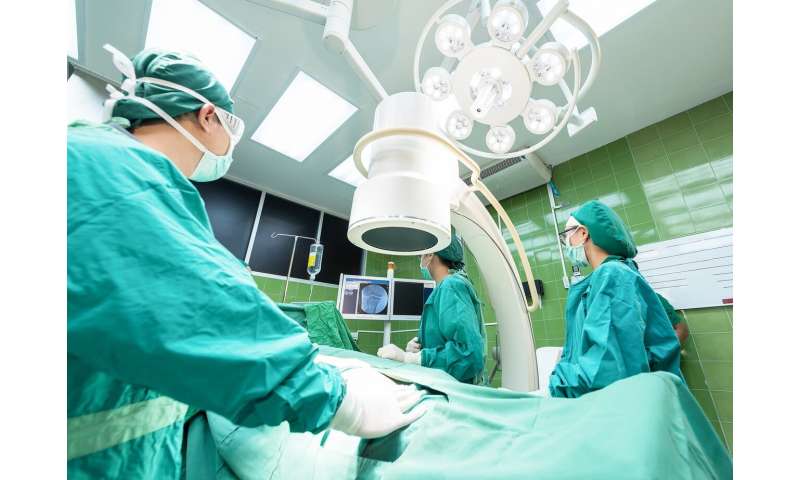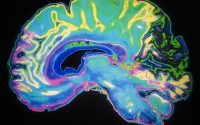Trauma centers weathered increase in gun violence from Philadelphia’s hardest-hit COVID areas

While Philadelphia’s Level 1 trauma centers saw a 20 percent drop in patients during the first month and a half of the COVID-19 outbreak, there was a 5 percent increase in penetrating trauma across the city at that time, including a 20 percent spike in gunshots and stabbings that were handled at Penn Presbyterian Medical Center. The patients who were injured came largely from the neighborhoods hit hardest by COVID-19, according to a study that compiled these numbers and was published in the Journal of Trauma and Acute Care Surgery. Despite these significant increases, the study’s authors explained that the city’s hospitals were able to handle them due to a coordinated response between them all.
“The value of system-wide situational awareness and collaboration, the importance of being proactive with personal protective equipment, and the value of sharing real-world experiences from other hard-hit areas are what we found to be important in the early stages of the outbreak,” said the study’s senior author, Jeremy Cannon, MD, the Trauma medical director and section chief of Trauma at Penn Medicine, as well as an associate professor of Surgery in Penn’s Perelman School of Medicine. “These are what made our response successful, rather than blindly implementing guidelines or pulling examples from medical literature.”
In the study, Cannon, along with lead author Zaffer Qasim, MBBS, an assistant professor of Emergency Medicine and Critical Care, and their co-authors, analyzed how Philadelphia’s four adult and two pediatric Level 1 trauma centers—the class of hospitals that handle the most complex traumatic injury cases—handled the early parts of the region’s outbreak.
They determined that there were 1,058 trauma patients at Level 1 centers between March 9 and April 19, 2020. That represented a 20 percent decrease from the number of trauma patients during that period the year before. However, of those patients, 255 were the result of penetrating trauma: mostly gunshot wounds with some stabbings. While this only represented an 18-patient increase in gunshots from the same time last year, it meant the proportion of these types of cases handled by trauma staff was much higher. At the same time, these same hospitals were together caring for more than 1,400 admitted COVID-19 patients, with roughly a quarter needing ventilators, a tool that is often valuable for trauma care.
“Given the potential strain on our resources from the expected surge of critically ill COVID patients, the parallel increase we noted in penetrating trauma represented a threat to us being able to maintain our readiness as a trauma center,” Qasim said. “It was imperative that we worked collaboratively rather than in siloes across our trauma system.”
The study concluded that, by coordinating their responses, the city’s teams were not overwhelmed by this increase, even amid the pandemic. Among the coordination measures taken were the establishment of a regional virtual working group, creating a plan to transfer young adults (between the ages of 17 and 25) to pediatric centers to create more room, adjustments made to intubation procedures to limit possible COVID-19 exposure, and modifications to ventilator equipment to best suit extensive needs.
Part of Philadelphia’s trauma center success was owed to learning from other areas that were forced to handle COVID-19 earlier on, such as New York City. Unlike Philadelphia, some hospitals there weren’t able to accept new trauma patients as a result of the strain the outbreak put on them.
The researchers mapped where each of these patients, lived and found that the majority came from the neighborhoods most affected by COVID-19.
“The baseline social determinants of health including poverty and close living quarters likely contributed to the correlation between shooting events and high COVID rates,” Cannon said. “We did speculate in the paper that unstructured time, increased gun sales, and economic hardship of the pandemic likely contributed.”
This data could be used to predict and further strategize responses to ensure centers can cope with future events that stretch crucial health care resources.
Source: Read Full Article


